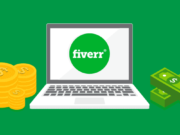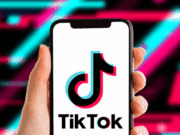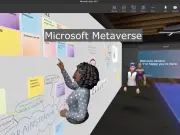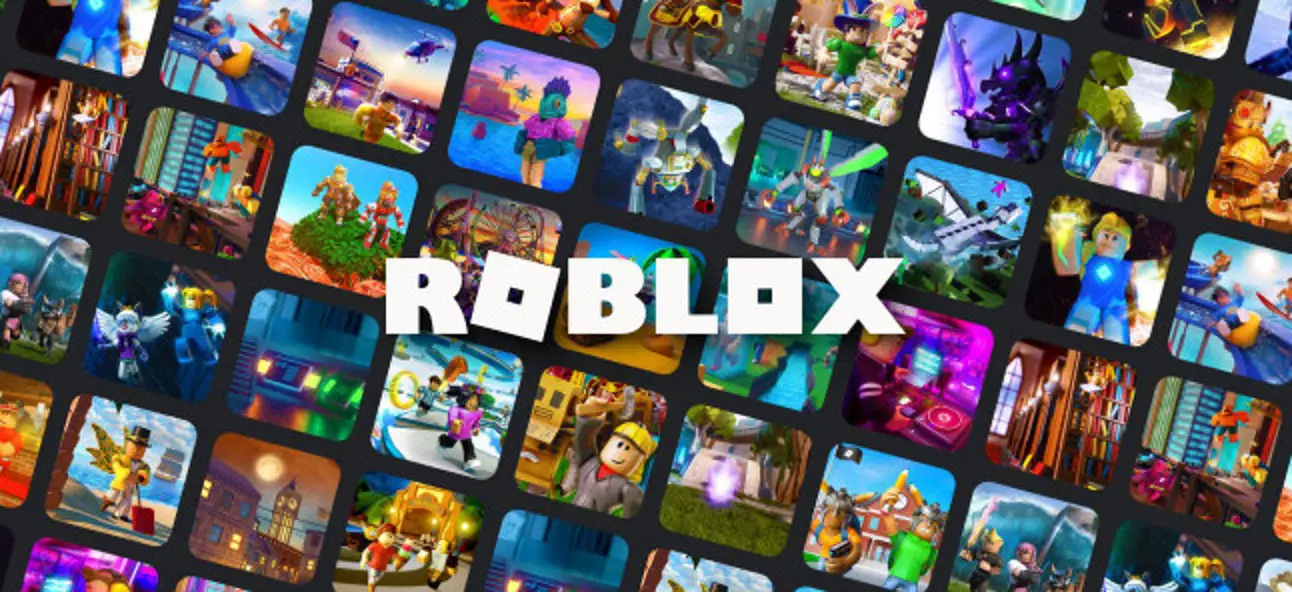With Facebook’s announcement of a metaverse making waves in 2021, virtual worlds are once again taking the spotlight – and as it turns out, there are already several. Roblox, Second Life, and Minecraft are just a few of the platforms gaining renewed interest. But one that has especially gained recent fame is hoping to build a virtual universe of its own: the Roblox Metaverse.
Granted, Roblox has been out for some time (since 2006). However, its potential is only just being realized in the midst of COVID-19 and an increased focus on metaverses. Its user base has soared, generating more cash flow for the platform’s developers to consider new, ambitious ideas. And investors are taking note. Here, we’ll discuss what the Roblox Metaverse is, how it works, and its visions for the future.
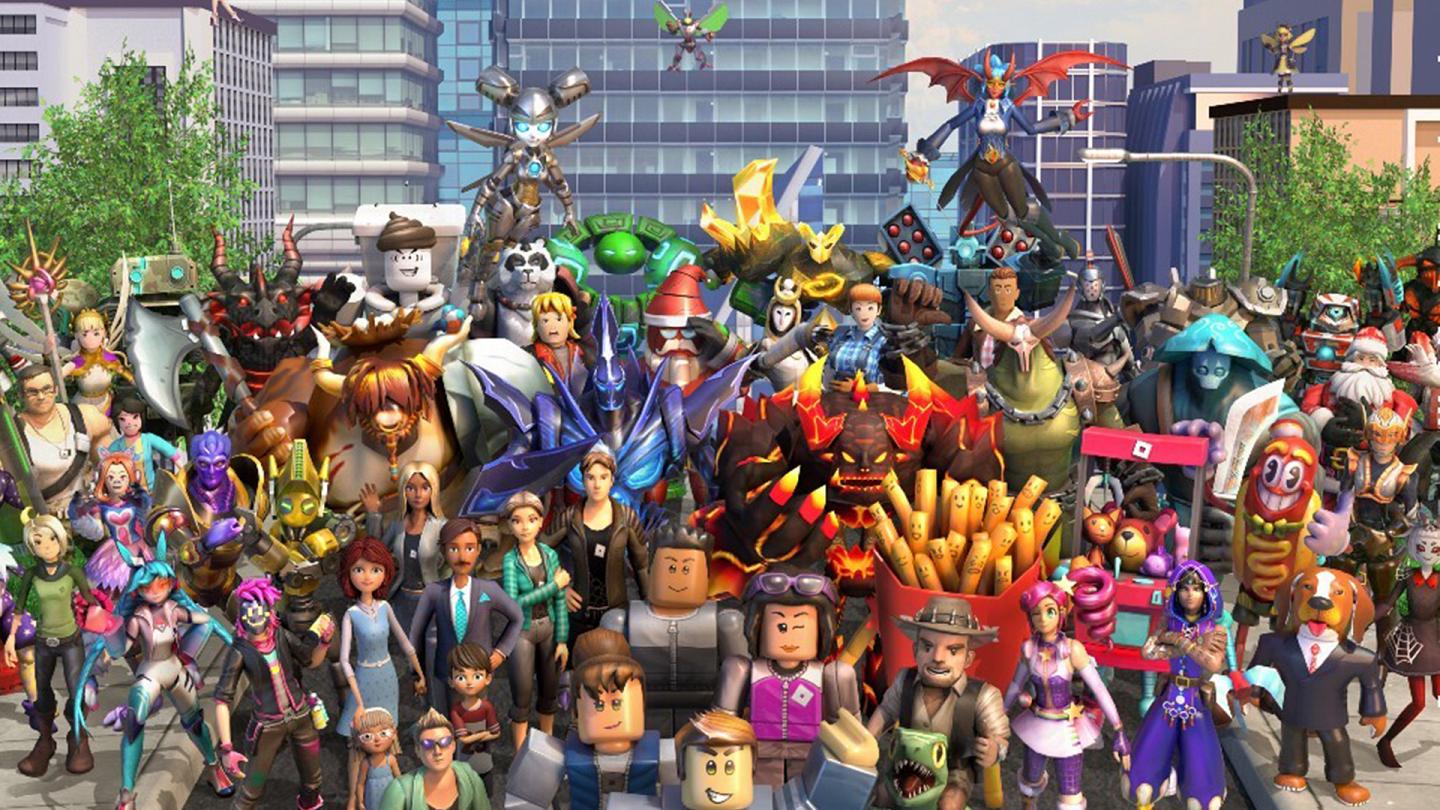
A Broad User Base
Despite its hesitant start, Roblox has managed to earn quite the following recently. As of July 2020, The Verge reported that more than half of all children in the US are playing Roblox. As of June 2021, the platform boasts nearly 200 million active users and around 33.4 million daily users. And not all of those users are kids.
Professional developers are flocking to the platform, drawn by the lucrative opportunities of a still-emerging technology. Businesses and software engineers are exploring its potential as a new type of development platform. Many of them are hoping that this will be the equivalent of getting on YouTube or Instagram in their early days: build a following now before there’s too much competition.
Right now, users 18 and older comprise about 30% of Roblox’s audience. Its younger user base certainly hasn’t stopped the platform’s growth, but it will be interesting to see how Roblox and its success changes as more professionals begin considering its opportunities. Still, its core demographic currently remains children who are looking for new games, experiences, and virtual accessories for their avatars.
The interests of Roblox users are surprisingly varied. Yes, there are kids who play because they enjoy video games, but they aren’t the only ones. Budding entrepreneurs have found it to be a unique outlet to conduct commerce, even if they have little or no experience. There are also musicians who use the platform to promote their music. They have become so engrained in the culture that Listening Parties were added as an official feature to accommodate them. Even fashion aficionados use it to explore new concepts before they hit the market. Gucci had great success with this (more on that later). And, of course, there are the fans and enthusiasts who follow them all.

Companies like Nike and even the NFL are joining Roblox’s Metaverse!
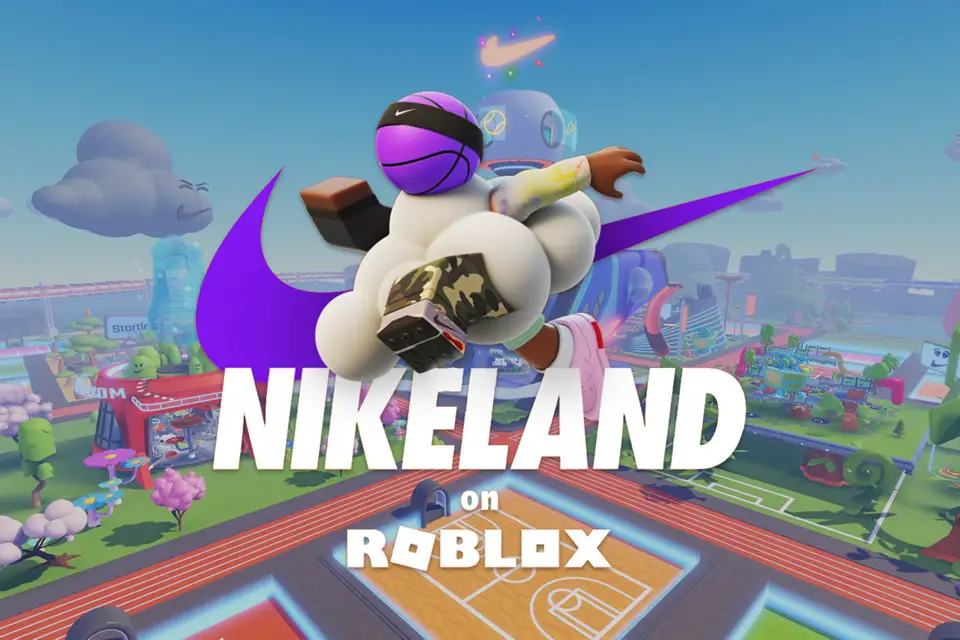
Roblox’s Ambitious Vision for the Future
Its recent exponential growth – combined with a rapidly growing interest in metaverses – has Roblox’s developers considering an ambitious future for the platform. According to Roblox’s CEO Dave Baszucki, “it’s such an amazing big, new, potential category that’s there a lot of opportunities ahead as well.”
Roblox’s CEO isn’t just focused on the development of new virtual experiences; he’s hoping the platform will be used to build an actual society in the virtual world. Baszucki went on to say “We’re very optimistic about a really big, civil society emerging on these types of platforms.”Given the games, birthday parties, and concerts already taking place on his platform, the idea may not be too farfetched. If they can continue to drive the kind of growth that Roblox has enjoyed over the past couple of years, they will certainly have the user base for a virtual civil society.
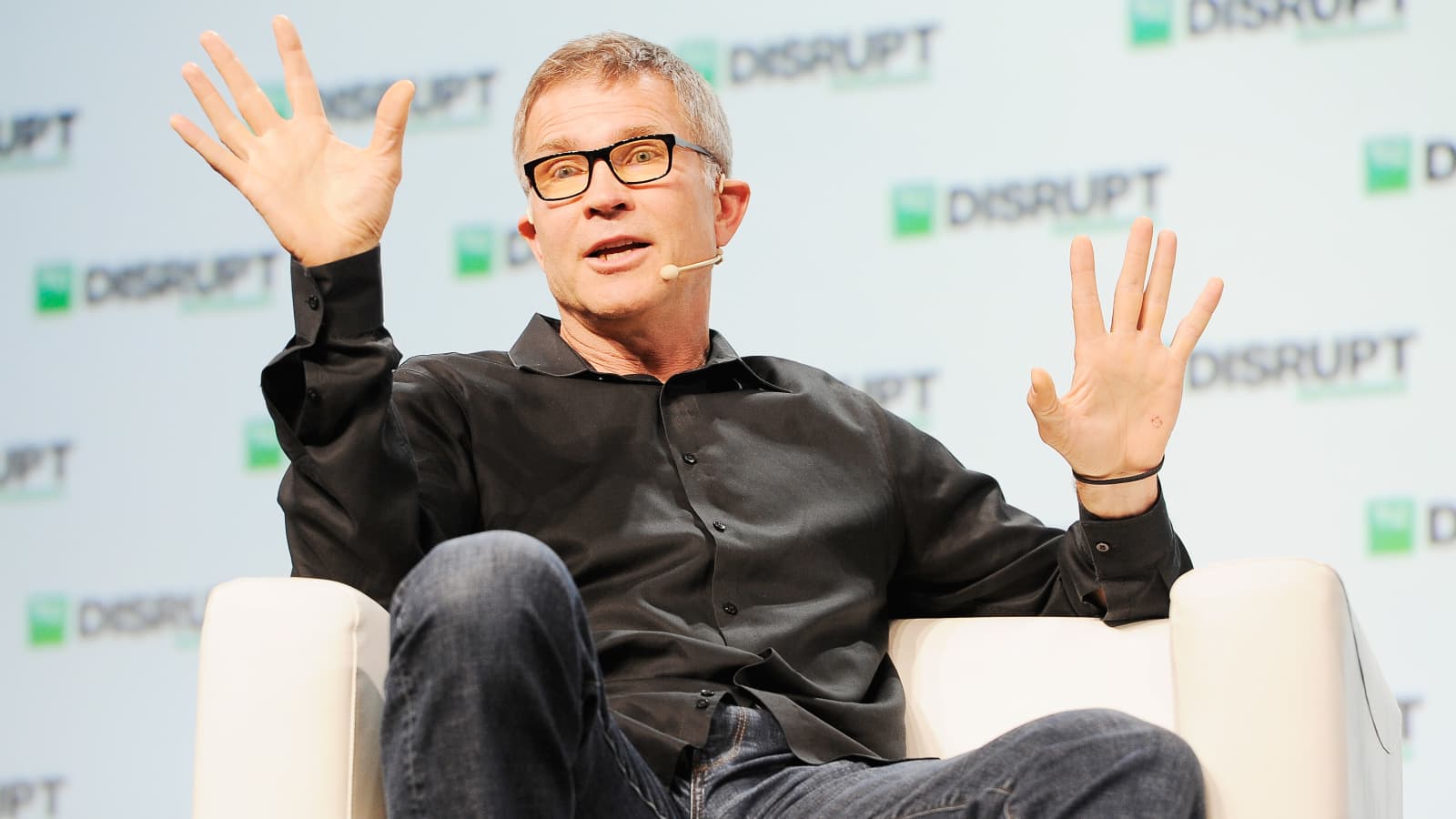
Technically, Roblox doesn’t actually want to build the metaverse. Rather, it wants to empower users to build it. This makes sense from a business perspective. To build an entire metaverse would require a large, expensive development team and significant resources dedicated to things like ideation, testing, and marketing. By empowering users to create content, they can simply let others do it for them – and get a small commission from all sales. So, Roblox only needs to garner and spend the resources to improve the platform. Its users can build and improve the content, whether that be games, destinations, or experiences.
To achieve these lofty goals, Roblox is focusing on more than just technological advancement; that’s simply a means to an end. They want to provide a fluid communication experience that truly mimics in-person interactions. According to CTO Dan Sturman, “we’re taking text chat towards real-time voice.” But their vision goes beyond microphone compatibility. For example, to help enhance the communication experience, Roblox is planning to simulate real-life volume proximity. So the farther you move from another player, the less audible their voice will sound. They hope to do the same with all sound effects throughout the Roblox Metaverse, even to the extent of mimicking the echoing effects of different materials.
They also hope to make their platform more accessible. According to Sturman, “In our ideal world, every user could be a creator…we want the novices to be able to come and do incredible things.” This seems to imply that even those without coding or graphic design skills can still contribute to the platform’s content. They are looking to emerging tech to help fill the knowledge gaps.
In the meantime, a significant portion of their website is dedicated to helping users learn how to build and develop in the Roblox Metaverse. These articles, videos, and tutorials cover all aspects of the platform, from using the Lua language to the inner workings of Roblox’s economy. It also dedicates an entire lesson to helping creators market their work. The tutorials are free and available to everyone; no account is needed.
Roblox may find it challenging to cater some of its intended enhancements to the bulk of its users. Right now, most high-end games are still played on PCs. However, 72% of users access Roblox from a mobile device. This means that Roblox’s developers will have to find ways to make their upgrades work on tablets and smartphones with limited processing power, screen sizes, and controls.
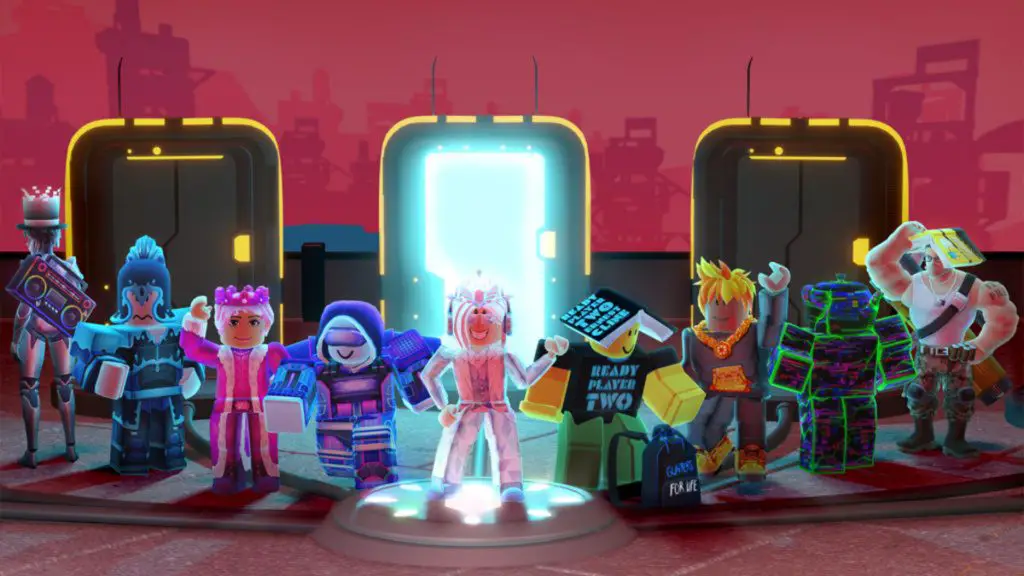
A New Kind of Game Development Platform
Earlier, we mentioned that Roblox is a platform rather than a game. Yes, it does exist as a virtual world that users can explore casually. However, the bulk of its content is created by users, not Roblox’s developers. The actual games within Roblox are designed, published, and released by its users. How does this work?
Roblox acts as a sandbox. In other words, it provides the virtual building blocks needed to create characters, buildings, vehicles, and so on. Basically, users can combine shapes and predefined (or by using their own) textures in a virtual environment to create objects. Then can then use the Roblox scripting language, Lua, to give those objects functionality and make them interactive. For example, you can design a tire for a car, but that tire won’t know to spin without using Lua to program its behavior.
Transactions for games and items use the Robux currency. Robux can be sold back for real money, making it a platform for business well. But just how serious is business on Roblox? We’ll use Supersocial as an example.
Supersocial is a startup that had what it believed were great ideas for Roblox-based games. However, they needed funding for their 24 member team to make the games a reality. So they sought funding from investors – and raised $5.2 million. Additionally, their team members are former leaders in some of the industry’s leading brands, including Nintendo and Dreamworks.
Of course, Roblox can be used to do more than just create games. The platform is also a popular gathering place for virtual events. Users regularly host their birthday parties on Roblox. This was especially popular during COVID 2020’s lockdowns. The platform even features a variety of venues designed to host birthday and hangout parties, and some of them are making real money.

Even more surprising, large-scale events are also taking place in the Roblox Metaverse. Grammy Award-winning Twenty One Pilots performed a concert in the virtual world on September 17, 2021. It even featured a pre-show event sponsored by Xbox. Star Wars previously hosted an event featuring games to promote The Rise of Skywalker film. Even the platform’s own in-world conferences draw large crowds. Exclusive items are often included in event giveaways, guaranteeing that their value will likely increase over time (assuming Roblox can maintain or grow its user base).
Roblox has two primary sources of income: commissions from in-game sales and a premium subscription. It’s a straightforward model and one that has proven successful for the platform. As we previously mentioned, they are also able to reduce costs by leaving content development up to its users and creators.
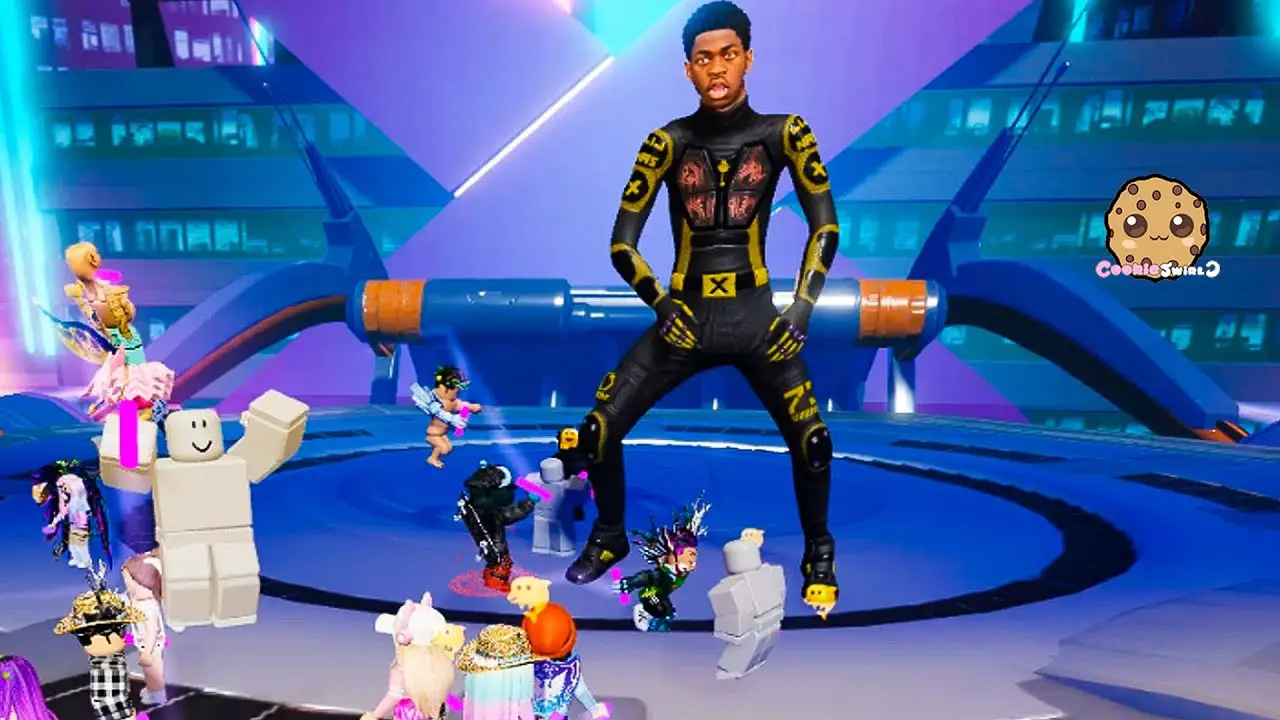
Roblox Metaverse Brand Partnerships
As Roblox grows, interest in the potential for opportunities is spreading beyond its core demographic of young people and developers. Big brands have been able to market themselves in new and innovative ways using the platform. Many of them hope it will serve as a viable alternative for consumers who have become averse to traditional marketing techniques.
For example, NIKELAND was built to help promote its namesake brand’s shoes and athletic clothing. Nike’s virtual theme park features a variety of obstacle courses and sporting competitions (some of which could never be possible in the real world). Obviously, players can adorn their avatars with Nike-themed apparel. It’s promoted as “a place where competition and creativity are abundant for all.” It also features the NIKELAND tool kit that can be used to create more games and accessories featuring Nike branding.
Forever 21 is another big brand creating its own virtual space in the Roblox Metaverse. Visitors to the F21 Shop City can create their own virtual clothing stores as they compete for the “top shop.” The store is already set up for each user and awaits their unique customization. This essentially turns retail fashion into a game.
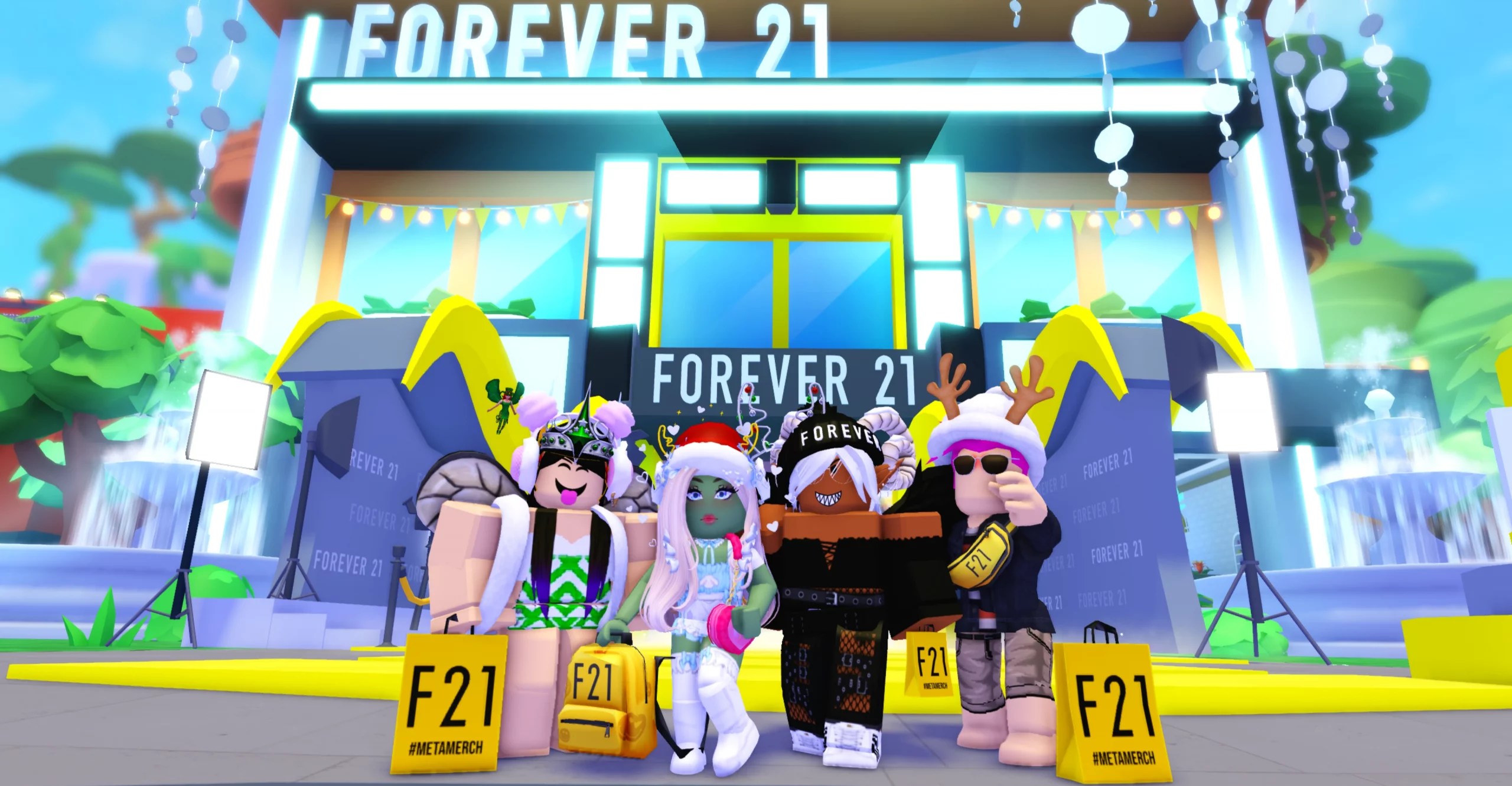
So what kind of success are big brands finding in the Roblox Metaverse? Vans managed to attract 40 million visits to its “Vans World” presence. These users could essentially try out Vans clothing while playing games that are popular among Vans’ real-life customers, such as skateboarding. Even more astonishing, an exclusive virtual-only Gucci bag sold for the equivalent of $4,115 (that’s US currency) in Roblox (the in-game cost was about 350,000 Robux). That’s $3400 more than its closest real-life counterpart. These are the kinds of numbers that big brands can’t ignore.
How does the Roblox Metaverse Differ From Minecraft and Fortnite?
Initially, Roblox may sound very similar to Minecraft or Fortnite. However, there is much more to it than characters with a blocky appearance. First, Roblox is more than just a game; it’s a platform. Yes, both Minecraft and Fortnite also act as sandbox games. But the developments and updates for each are released by the games’ developers.
In Roblox, the games and content are created by the users. Roblox just provides a platform for developers and designers to bring their visions to life (in a virtual sense) and share them with a large audience.
Roblox also follows the “freemium” model. Unlike Minecraft, users don’t have to purchase Roblox to play it. Instead, they pay for content within the game. This may include items for their avatar or to play certain games created on the platform.
Fortnite is also a freemium game, but there are some differences in their approaches. Generally, Fortnite offers more free content than Roblox. However, Roblox’s paid content is far more expansive and engaging. Also, Fortnite focuses on the battle royale gaming model, whereas Roblox leaves much of its experience to its users and creators.
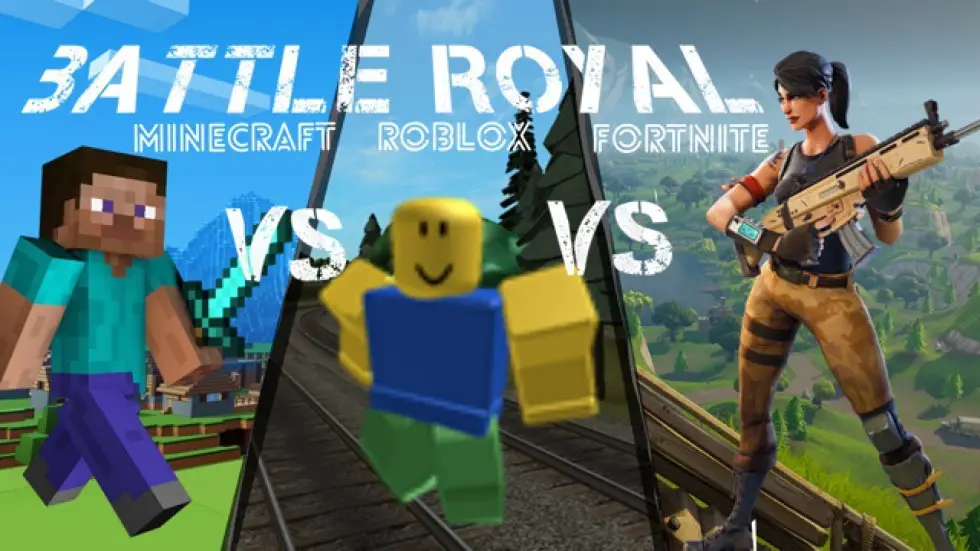
What’s Next for the Roblox Metaverse?
The Roblox Metaverse has an ambitious vision for the future, but it’s only one of several platforms competing for attention in the metaverse space. It seems poised to take the industry by storm, but who knows how things will change in the coming years? Between constant technological advancement and COVID scares sending more people online, the potential (and opportunities) for metaverses seem endless.


























